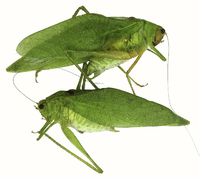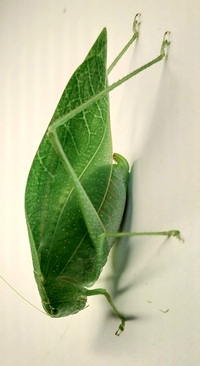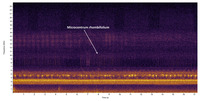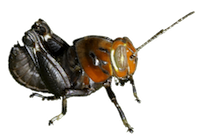| |
Family (Alpha): | |
| View | Tettigoniidae Members:
| NC Records |
|---|
Microcentrum rhombifolium (Saussure, 1859) - Greater Angle-Wing |
 |
|
|
|
|
|
Image Gallery for Microcentrum rhombifolium - Greater Angle-Wing
|
 | Recorded by: Steve Hall, Laurie Hamon, Carol Tingley, Tom Howard, and Pat Coin
Moore Co.
Comment: |  | Recorded by: Mark Basinger
Wilson Co.
Comment: |
 | Recorded by: Mark Basinger
Wilson Co.
Comment: |  | Recorded by: Steve Hall, Bo Sullivan, Jim Petranka
Moore Co.
Comment: |
 | Recorded by: Steve Hall and Bo Sullivan
Moore Co.
Comment: |  | Recorded by: J.B. Sullivan
Jones Co.
Comment: |
|

 »
»

 »
»